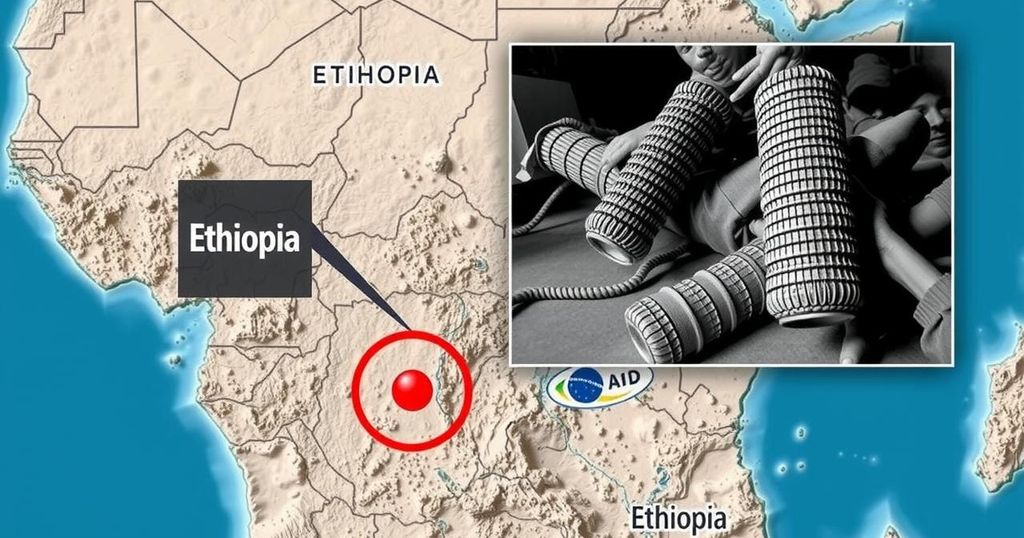A 5.8 magnitude earthquake struck central Ethiopia, prompting evacuations in Abomsa and the dispatch of disaster management teams. Officials reported no fatalities, but there is increasing worry over frequent seismic activity, exacerbated by volcanic eruptions nearby. Tremors were felt as far as Addis Ababa, resulting in public panic and social media discussions.
Evacuations have commenced in the town of Abomsa, located in central Ethiopia, following the occurrence of a 5.8 magnitude earthquake, as announced by the nation’s Communications Office on Saturday. This seismic event has prompted the deployment of a disaster prevention and mitigation team to assess and manage the situation across 12 districts in proximity to the epicenter, which houses approximately 80,000 inhabitants. Fortunately, officials have reported no associated fatalities thus far.
Recent weeks have seen southern and northeastern Ethiopia, particularly the Awash Fentale area, experiencing multiple minor tremors, culminating in the strongest quake recorded just last night. This situation has been exacerbated by ongoing volcanic activity at Mount Dofan, a region historically characterized by frequent seismic disturbances. Tremors were felt as far away as Ethiopia’s capital, Addis Ababa, about 230 kilometers from the epicenter, leading to increased anxiety among residents and extensive discussions on social media.
The seismic activity in the Awash Fentale vicinity has been intensifying, with over a dozen minor earthquakes occurring recently, raising alarms over the escalating frequency and strength of these events. Following a notable increase in magnitude from 4.0 to nearly 6.0, it is clear that the region’s seismic dynamics may pose heightened risk of significant disaster in the near future.
Ethiopia has historically experienced seismic activity, particularly in regions like Awash Fentale, where the geological conditions are conducive to earthquakes. The recent increase in earthquake occurrences, including a notable magnitude shift, reflects a concerning trend that heightens awareness regarding seismic activities and their potential implications for the local population. Coupled with recent volcanic activity, this situation underscores the importance of vigilance and preparedness in disaster risk management.
In summary, the 5.8 magnitude earthquake that struck central Ethiopia has necessitated immediate evacuations and the mobilization of disaster management resources. With no fatalities reported thus far, significant concerns remain regarding the increased frequency and intensity of seismic activity in the region. Continuous monitoring and effective communication with affected communities are critical in mitigating risks associated with these natural disasters.
Original Source: www.aa.com.tr






